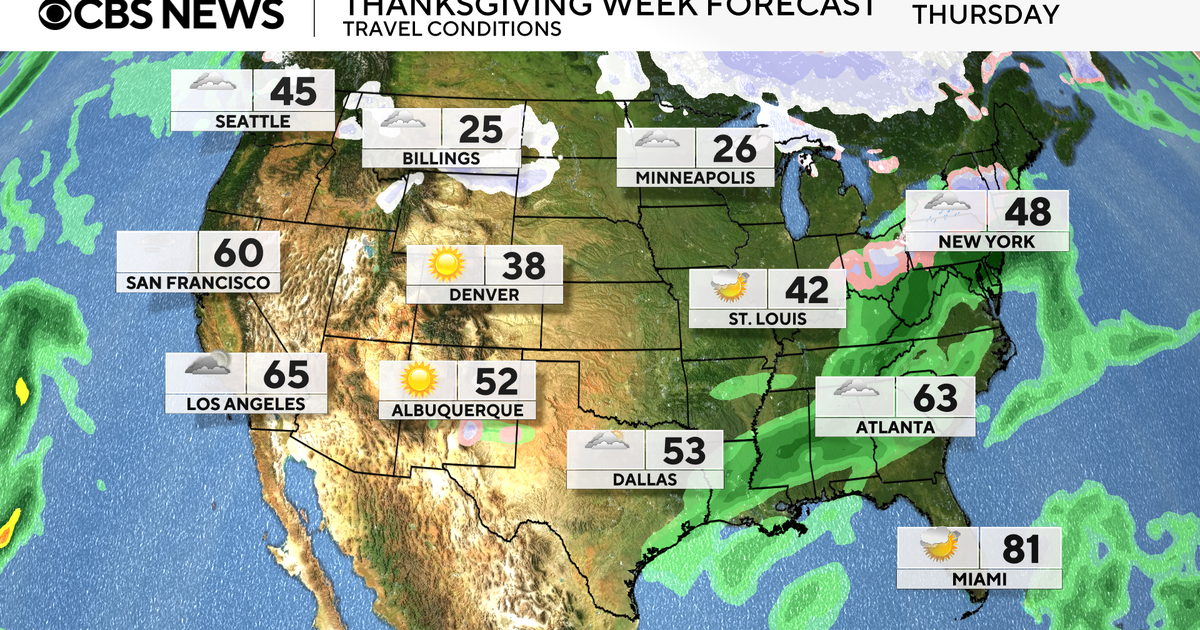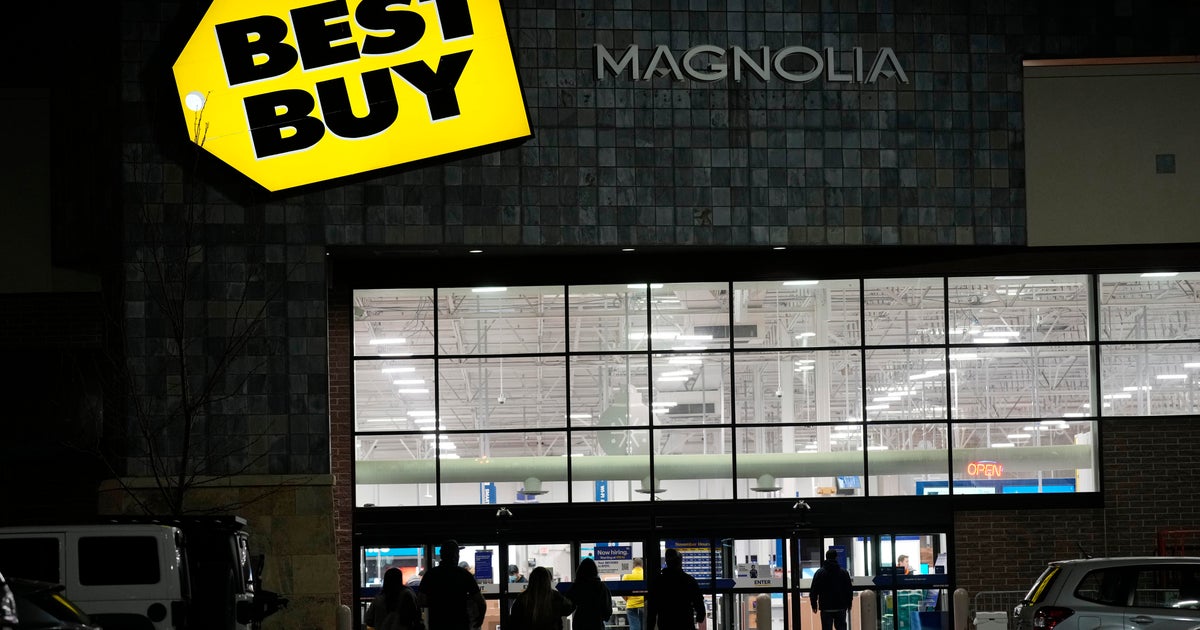Avoid areas near construction cranes, Miami officials warn ahead of Irma
MIAMI -- Hurricane Irma is churning across the Atlantic Ocean as a dangerous Category 5 storm and in preparation the City of Miami is warning residents near construction cranes to avoid staying in a building next to one.
Tuesday evening city officials released a letter saying cranes in downtown Miami cannot withstand a Category 5 hurricane, CBS Miami reports.
- In Your Words: Tell CBS News how you're preparing for Irma
"These tower cranes are designed to withstand winds up to 145 miles per hour, not a Category 5 Hurricane," the letter states.
The city explained the crane's arm has to remain loose and will not be tied down during a hurricane.
Another potential threat is if, during a hurricane, the crane collapses.
A Category 5 hurricane packs wind speeds of 157 mph or greater. Irma currently is clocked at having sustained winds of 185 mph, according to the U.S. National Hurricane Center (NHC).
The NHC has compared Hurricane Irma's wind strength to that of an EF-4 tornado:
The city is urging residents who don't leave to at least ride out the hurricane in the interior portion of the building -- preferably the concrete enclosed stairwell.
Construction sites in the city are now on lockdown.
- Category 6 hurricane? Don't fall for these fake news stories
- Florida on notice, evacuations coming as Hurricane Irma nears
Meanwhile, Miami-Dade County offers a variety of apps and alerts to stay up to date. You can sign up for Miami-Dade Emergency Alerts that will let you know through email or texts about public safety issues, recommended public protective actions, or other emergency information. Their SAFE app lets users find open and available evacuation centers and Disaster Assistance Centers near you. To report damage info to the county, click here.
As many remember from Superstorm Sandy in 2012, a crane high atop a New York City luxury building under construction was damaged and dangled precariously over the midtown area.
Authorities received a call about the collapse in October 2012 as conditions worsened from Superstorm Sandy. Meteorologists said winds atop the 74-story building could have been close to 95 mph at the time.




